When Quality programs measure agent performance, it is tempting to create “check the box” procedures that are very uncompromising. The rationale is that this creates very clear expectations for the agents and allows them to make adjustments to their behavior that will improve the customer experience. Unfortunately, this approach fails to take into account that you cannot change behavior by measuring anything other than behavior.
“Check the box” programs often just give agents a list of things to do, whether they are done in a way that promotes a positive customer experience or not. For instance, many of the more rigid programs state that agents must use the customer name multiple times throughout the call. If an agent spends the entire call not connecting with the customer, but at the very end states the customer’s name multiple times, they achieve “credit” for this checklist item and in turn receive a good quality score. This reinforces actions that clearly do not improve the customer experience and in fact, may even be making it worse.
The solution to creating a program that actually drives to improved customer experience or improvement in any other key performance metrics, is to design a behavior-based quality program. The key to redesigning programs that are effective in improving metrics like customer experience, sales revenue, and first call resolution, is to understand which behaviors correlate to particular metrics.
To institute a Quality Program that promotes your desired metrics effectively, follow these steps to identify and encourage behaviors that facilitate positive interactions with the customer and drive KPIs:
- Establish the metrics that you are trying to improve. If you fixate your focus on improving a few specific metrics, it becomes easier to identify the behaviors that correlate to those specific desired outcomes. This practice helps you to narrow the scope of your Quality Program and develop the metrics that correspond to your goals.
- Define the behaviors that correlate to your chosen metrics. Creating a very clear expectation of what good, better, and great are allows you to set the standard for agent behavior and be able to measure it effectively in order to provide actionable coaching feedback. This moves the coaching conversation from speaking about metrics, which is not shown to achieve results, to speaking about behaviors. This is a coaching best practice to help agents achieve positive changes.
- Create scoring differentiation that allows you to see a variation in agent performance. A typical two-point scoring system just tells us whether an agent demonstrated a behavior or not, and gives no indication as to whether it was performed well. This lumps your best performers in with your mediocre ones. Establishing a three or four-point scoring system provides greater visibility into actual capabilities, provides a higher bar for agents to strive to, and provides nuance to the coaching conversation that focuses more on where an agent’s abilities really lie, which leads to improvement.
By designing a Quality Program that reflects this process, you can establish a program that rewards the best customer experience providers and encourages the behaviors associated with the metrics that correspond to your goals. The Northridge Group is a leading provider of Quality Program Redesign. Click here to learn more.




